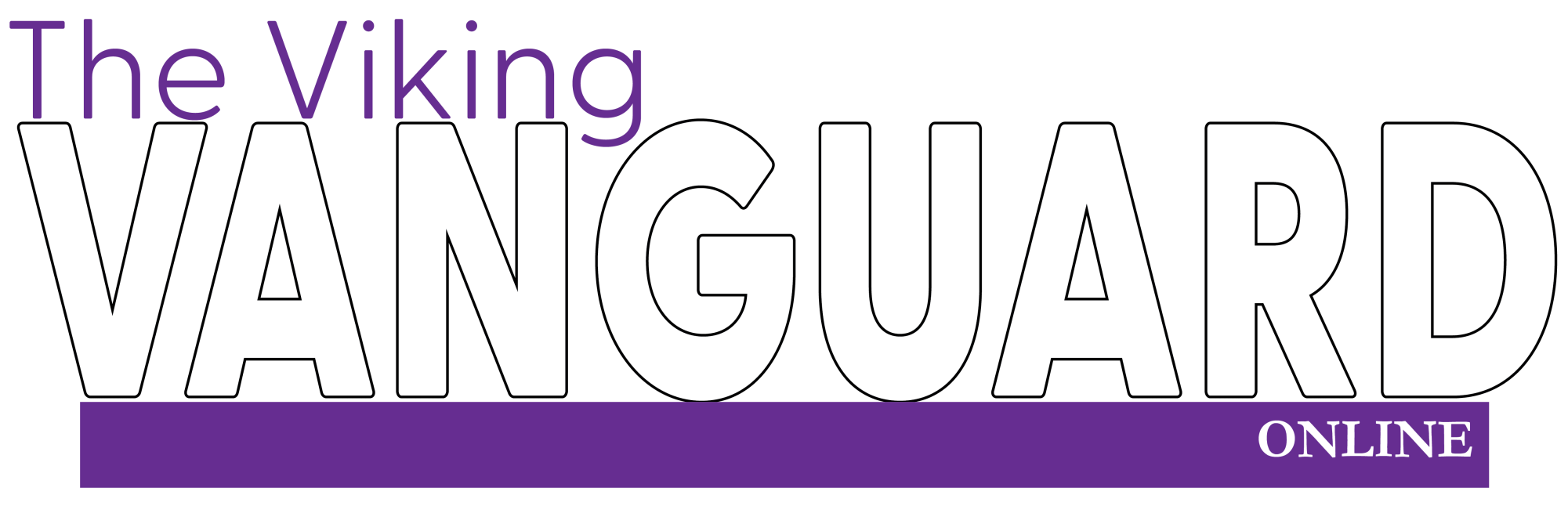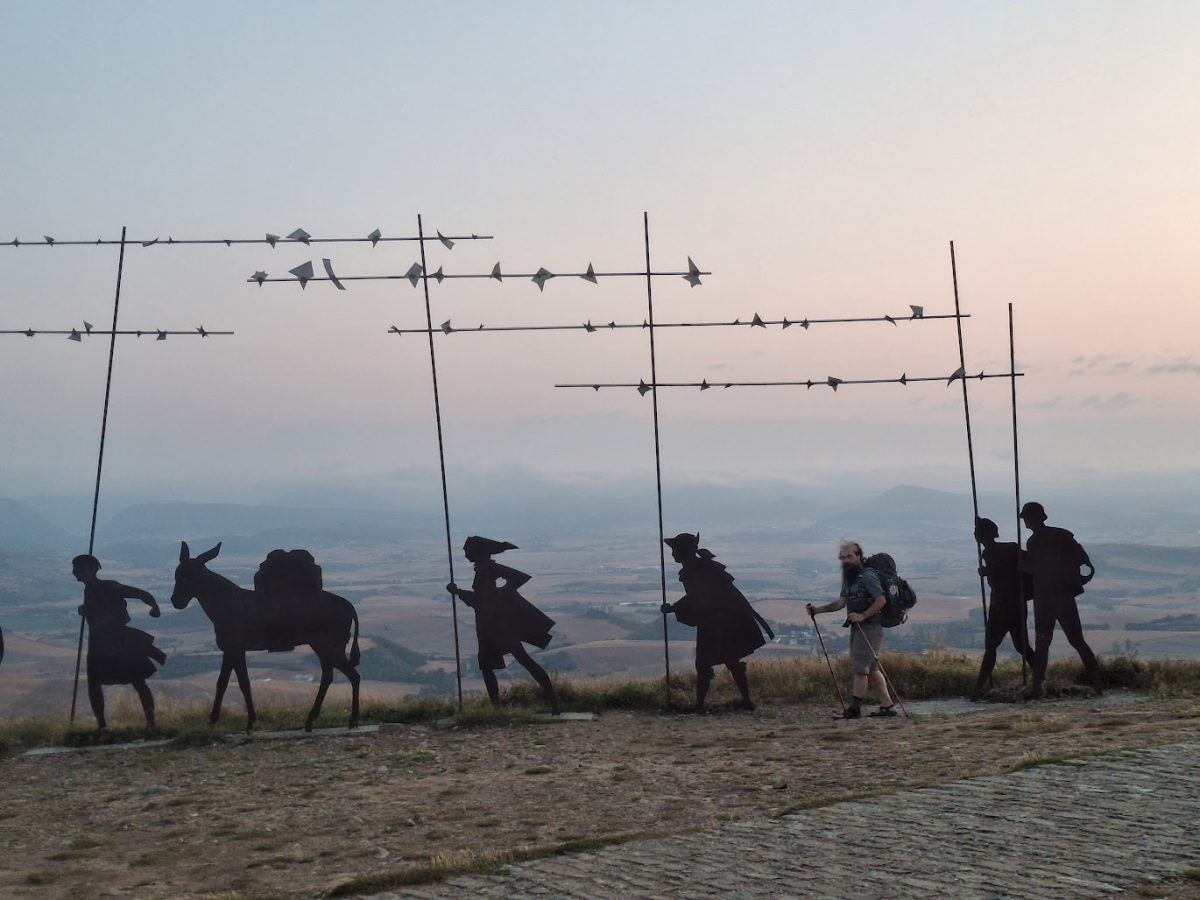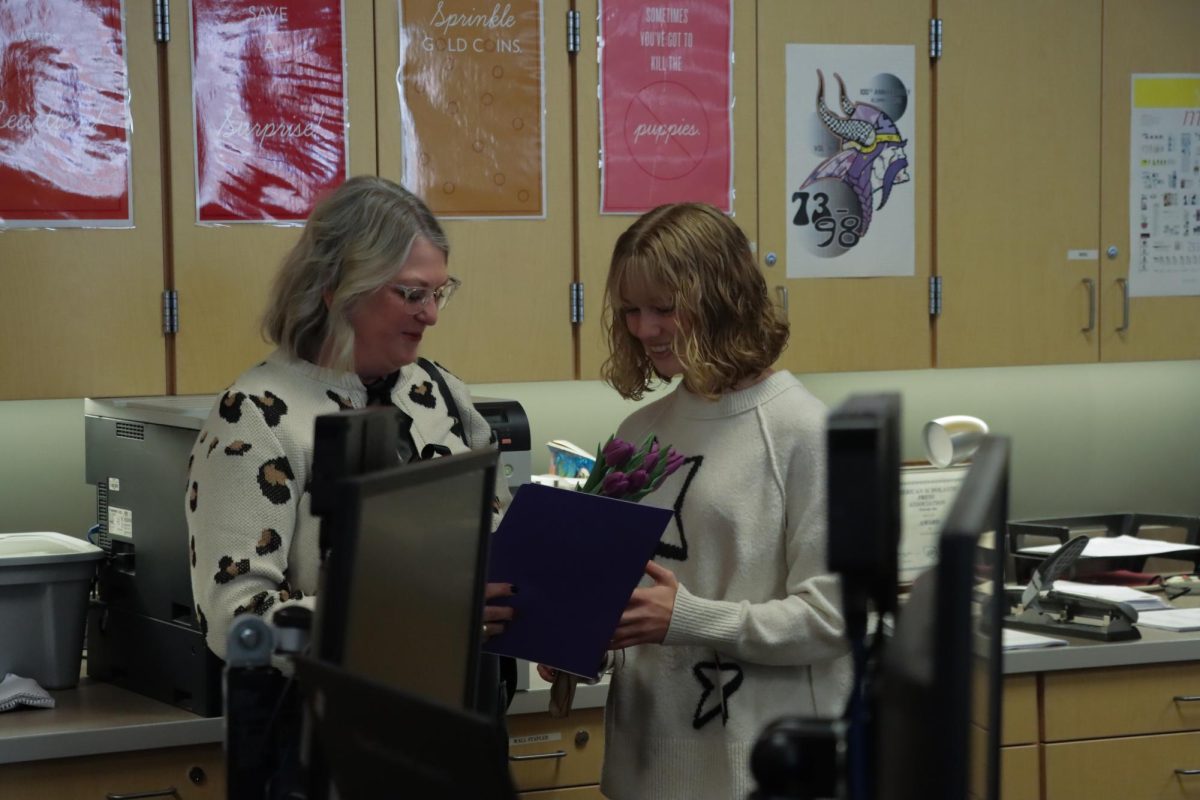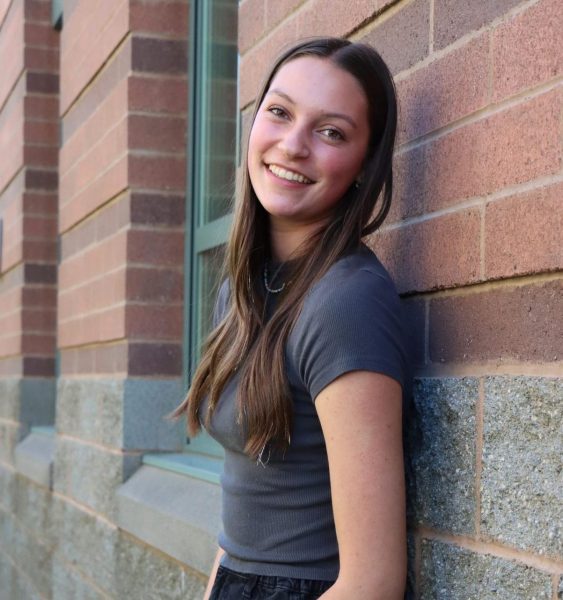Principals, from disciplining wayward students to managing day-to-day organization, have a lot on their plate. Over time, the job itself has barely changed, but the difficulties principals face have. Linda Quinn, principal in 1999, dealt with major building renovations, her duties as planning principal of the up and coming Emerald Ridge High School and her regular duties as principal of Puyallup High School. She did, however, have help.
“I explained to the superintendent that another assistant principal wasn’t going to be quite the same, because sometimes people just want to see the principal. By having two principals, they could see a principal instead of an assistant,” Quinn said. “The other principal was Barb Pope, and she’d been my assistant principal, so it [was] natural just to share the duties for that year.”
The transition period Quinn was experiencing was due to her being appointed as planning principal of Emerald Ridge, which was still being built at the time.
“The following year, I became full time at Emerald Ridge, even though it wasn’t built then,” Quinn said. “I worked with the architects, the contractors on the building part, I oversaw building the community for a new school. It wasn’t like taking the old school and putting it into a new building. It was a whole new student body. I had to pick the colors, pick the mascot, redraw the boundaries to decide who would go to each of the three high schools, pick out the furniture, buy everything, hire the staff, decide what the curriculum would be.”
At the same time, Quinn and Pope were dealing with enormous repairs to Puyallup’s campus.
“That was a pretty big challenge, too, because everybody had to move out for a year. We had 47 portables. We rented three churches. We used spaces everywhere while they renovated the main classroom building. In some ways that was more challenging because we had 1,600, 1,700 kids that we were dealing with while we were trying to also do that renovation,” Quinn said.
Quinn went on to become a superintendent for 12 years, before finally retiring. Her experience in the school district gave her a lot of wisdom on how the job has changed over time.
“I think the pandemic changed a lot. Those were really hard years. Things are different with technology. I think kids are basically the same, but the world is harder, and they’re dealing with more things. Technology has complicated things. It’s made it easier in some ways, but social media has changed the game,” Quinn said.
Quinn’s accomplishments, not only through the year of ’99 but through her 47 years of being a teacher, principal, and superintendent, are an inspiration to anyone who hears her story.
“When I started, I was the youngest principal they’d ever appointed, but I was also the first woman principal or administrator at the secondary level in Puyallup. They’d had a couple female elementary principals, but no female administrators at the secondary level, which seems hard to believe now, but it was a long time ago. I guess they didn’t know if women could do it,” Quinn said.
Not only did Quinn teach basic subjects, but life lessons as well.
“What I always told my kids is, if you love what you do, and you say ‘yes’ when opportunities come along and work really hard, you get more opportunities,” Quinn said.
Fast forward to 2024, and principalship has changed quite a bit. No one knows the most about this but current principal David Sunich, who has been at Puyallup for 10 years.
“The biggest difference in society in general is the advent of the internet, cell phones, technology, and information at our fingertips. We’re competing with the appeal and the draw of social media and everything else we look at our phones for. On top of that, in the last 25 years, there’s become a heightened pressure on schools. There’s state tests and scores are shared publicly, people call schools out, people can anonymously make complaints,” Sunich said.
Making class engaging and combating the distraction that is technology is a huge struggle in schools today.
“Some of the things we do as teachers is really trying to talk about ways to make a lesson more engaging and interactive for kids,” Sunich said. “We’re not perfect at it, everybody’s got things to work on, but we know that’s going to be our number one [focus].”
Ever since college, it was Sunich’s goal to go into education. Principalship, however, was not in his vision from the beginning.
“I went to college with the goal of being a teacher; I love being in the classroom and working with kids. I started to take on more leadership roles as I got into my career more, and then realized I liked that side of it, being a leader and working with adults and trying to impact more kids than I could in an individual classroom,” Sunich said.
The biggest challenge of being a principal is creating that almost magical balance that exists in such a small amount of schools.
“We’re dealing with humans, and we’re trying to balance meeting everybody’s needs, whether it’s a teacher, a parent, a student, making sure everybody feels heard and valued but also trying to make sure that we’re upholding certain standards,” Sunich said.
There’s no doubt that everyone, from students to teachers to alumni to principals, can share in the struggle of rising to meet expectations and jump hurdles in our way.
“Every day is a different challenge. I enjoy taking on the challenge of the day and figuring out a solution for whatever that might be,” Sunich said.
From 1999 to 2024, with a whole 25 years of advancements in between, principalship has taken on new and different difficulties. But which year had it worse?
“If I could go back and be a principal back in 1999, I think I would have a lot to learn. Right now, it’s so easy to communicate with people. We have so many avenues for communicating with everybody, immediately,” Sunich said. “But back in ’99, when we didn’t have full access to the internet like we do now, you would have to call meetings and be going around face to face and send inner office memos and put flyers in boxes, so I think it would be a whole different experience.”




